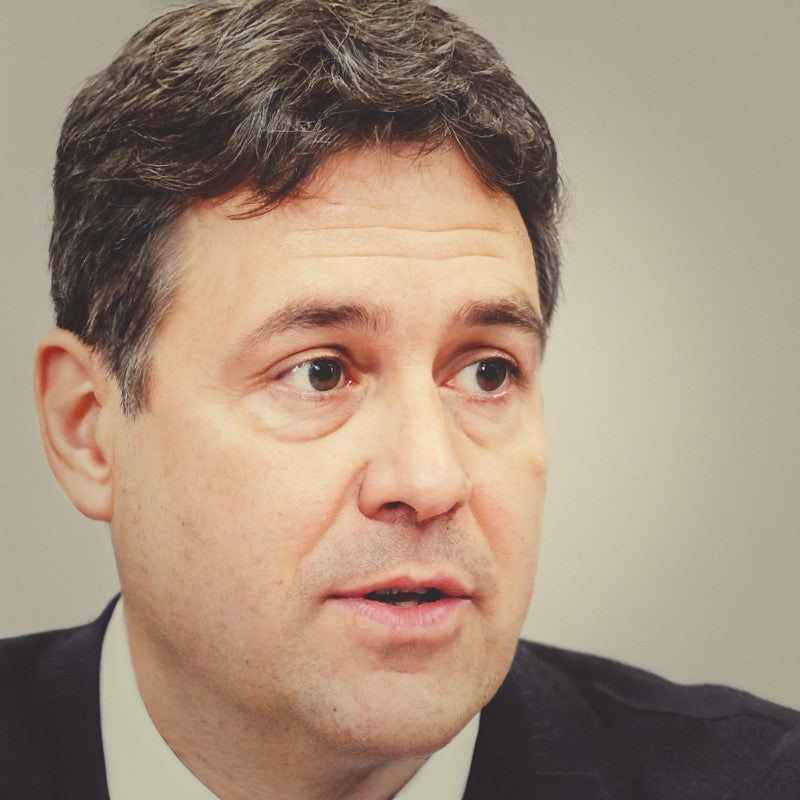Preparing for Civil Service exams can be a daunting task, especially when it comes to writing the 250-word statements required in the application process.
These statements often pose the greatest challenge for candidates.
However, with a deep understanding of the behaviour in question and a solid structure, what once was a weakness can transform into a formidable strength.
Related Article: 5 Seeing the Big Picture Example Statements
Understanding "Seeing the Big Picture" at Grade 6 Level
"Seeing the Big Picture" is a crucial behaviour for Civil Service roles, particularly at the Grade 6 level. At this level, candidates are expected to demonstrate a comprehensive understanding of how their role fits within and contributes to the broader organizational and governmental objectives.
Key Expectations:
-
Strategic Insight: You should be able to align your work with the overarching goals of the department and the Civil Service as a whole. This means not only understanding the immediate implications of your actions but also the long-term impact on public service delivery.
-
Cross-Functional Collaboration: Effective collaboration across different teams and departments is essential. You should show an ability to break down silos, leveraging insights from various sectors to inform decision-making.
-
Influence and Impact: Your decisions should reflect a nuanced understanding of the political, economic, and social environment. This includes anticipating and managing risks and opportunities that affect both the organization and its stakeholders.
- Adaptability: At Grade 6, you should be able to adapt strategies in response to changing priorities or external pressures, demonstrating flexibility while maintaining a clear vision.
Structuring Your Statement: The B-STAR Technique
To craft a compelling 250-word statement for "Seeing the Big Picture" at Grade 6 level, the B-STAR technique can be incredibly effective. This structured approach ensures that your response is clear, concise, and impactful.
B-STAR Breakdown:
-
Belief: Start by stating your core belief or philosophy about the behaviour. For "Seeing the Big Picture," this might be your commitment to strategic thinking and long-term planning.
-
Situation: Briefly describe a relevant situation where you demonstrated this behaviour. Be specific about the context to set the stage for your actions.
-
Task: Outline the specific tasks you were responsible for in this situation. What were you aiming to achieve?
-
Action: Detail the actions you took to address the task. This is where you showcase your strategic thinking, collaboration, and adaptability. Emphasize how you considered broader implications and aligned your actions with larger goals.
-
Result: Conclude with the outcomes of your actions. Highlight the positive impact on the organization, stakeholders, or broader objectives. Quantify results where possible to add weight to your statement.
By following the B-STAR structure, you can ensure that your statement is not only well-organized but also demonstrates a clear narrative of how you embody the "Seeing the Big Picture" behaviour at the Grade 6 level.

Check out 50 personal statement examples across all 9 behaviours
Now, let's delve into an example statement that illustrates this approach...
250 Word Statement Examples
I believe that seeing the big picture is essential for ensuring that our work aligns with broader organizational objectives and addresses national priorities effectively.
As a Data Analyst, I was tasked with improving the efficiency of our bus routes to reduce congestion and enhance commuter satisfaction. This project required a comprehensive understanding of urban development trends, commuter behavior, and technological advancements in transportation.
To start, I conducted an in-depth analysis of current bus routes, using data on traffic patterns, passenger load, and demographic changes. I also reviewed city plans and policies to ensure our efforts supported broader urban development goals.
I organized a series of workshops with stakeholders, including city planners, traffic management experts, and representatives from local communities. These workshops allowed us to gather diverse perspectives and identify key areas for improvement.
Communicating our findings and proposed changes to senior leaders was crucial. I prepared detailed reports and presentations, using clear visuals to explain complex data and the rationale behind our recommendations. I emphasized how our plans aligned with the city's long-term goals of reducing traffic congestion and promoting sustainable transportation.
To ensure broad support, I used digital platforms to share updates and gather feedback from the public. This included interactive maps showing proposed changes and online surveys to collect commuter opinions. I monitored the effectiveness of these communications and adjusted our approach based on the feedback received.
The result was a successful reorganization of bus routes, leading to a 15% reduction in travel time and increased commuter satisfaction.


